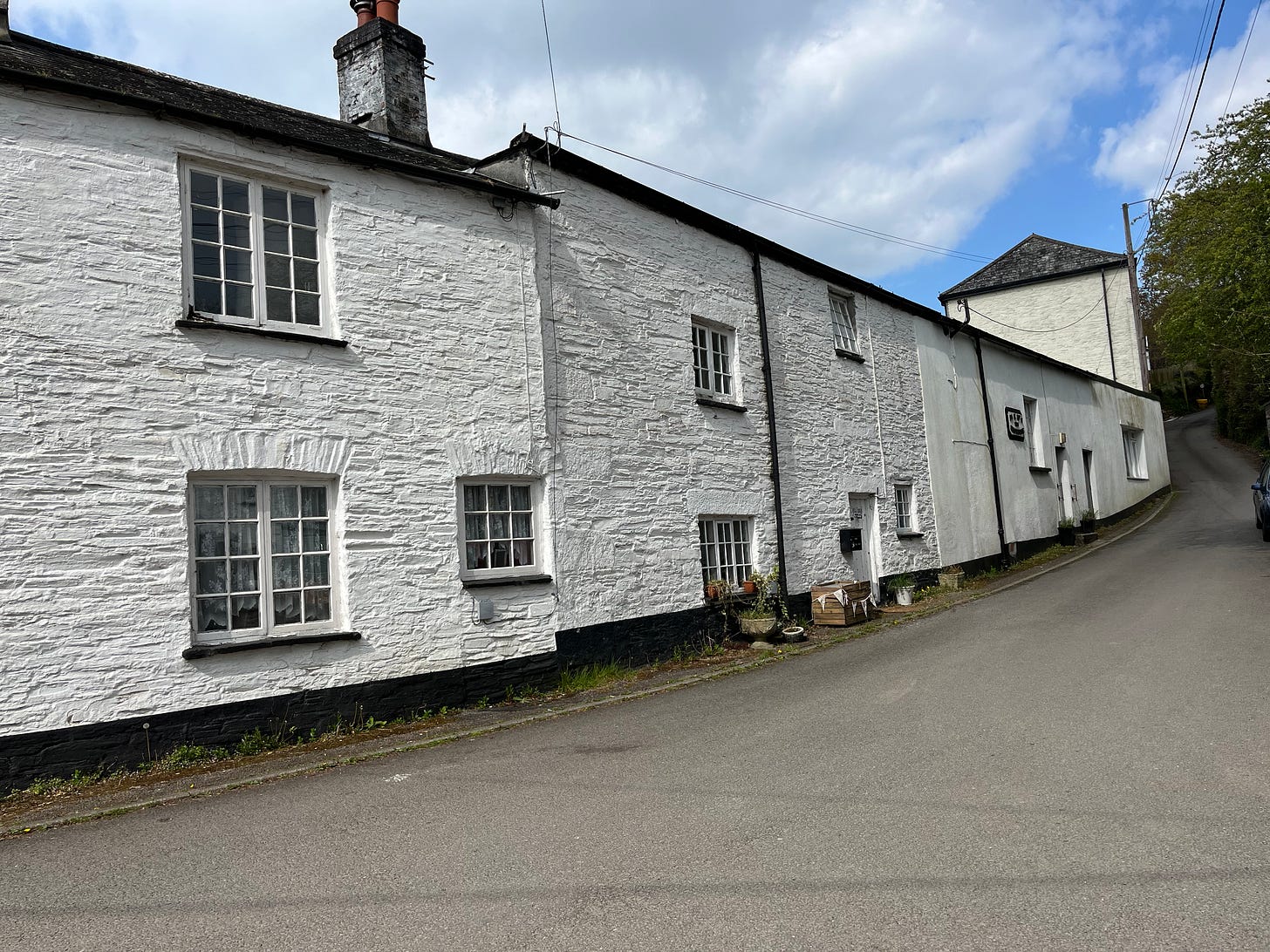This William my great-great-great-grandfather, born around 1810, lived his adult life in Venterdon and Alren, small villages just a few miles from that footpath through the woods which had got me thinking more deeply about mining.
(Spoiler alert … keeping track of Williams will be an ongoing challenge for this journey through time and the Tamar Valley, 60 of them have already emerged through my ancestor-wanderings.)
The 1841 and 1851 censuses see him listed as a Copper miner, a time when Wheal Martha, later part of New Consols Mine a mile or so to the east of his home, and Kingston Consols, a mile to the north, were active producing copper amongst other metal ores and arsenic [arsenic? So many questions]. Maybe that is where he worked, I imagine him walking the lanes on his daily commute.
Cornwall dominated global copper markets. William Kite, like thousands of other Cornish men and women [women worked in mining too I discover – so many questions] were part of a thriving global economic endeavour. I’m struck by the contrast that whilst he may rarely have travelled beyond the parish, the copper he produced could be in far flung places now. The theme of extraction floats through my mind.
Historic England listed the remains of the New Consols Mine as a Scheduled Monument in 2013. The official list entry explains it is a site “with an unusually complete set of structures and features […] representing the complete extraction process”.
As if to tease me, I realise that the lodes at New Consols Mine stretch underground along the valley of Luckett Stream to its confluence with the Tamar and beyond. On our April Tamara walk a row of cottages that ran westwards caught my eye as our route swung back north-east towards Horsebridge. In the photo I snapped, the cottages disappear west along the lane, which, had we followed it, would have taken us through the remnants of New Consols mine and onwards to William and Mary Kite’s homes in Alren and then Venterdon, should we have chosen that path.
The itch in my feet grows and I want to walk more in this place where perhaps William Kite laboured. I’ve poured over historic maps, archives, Streetviews and satellite images but it remains a terra incognita, or at least a terra digitalis for me just now.






